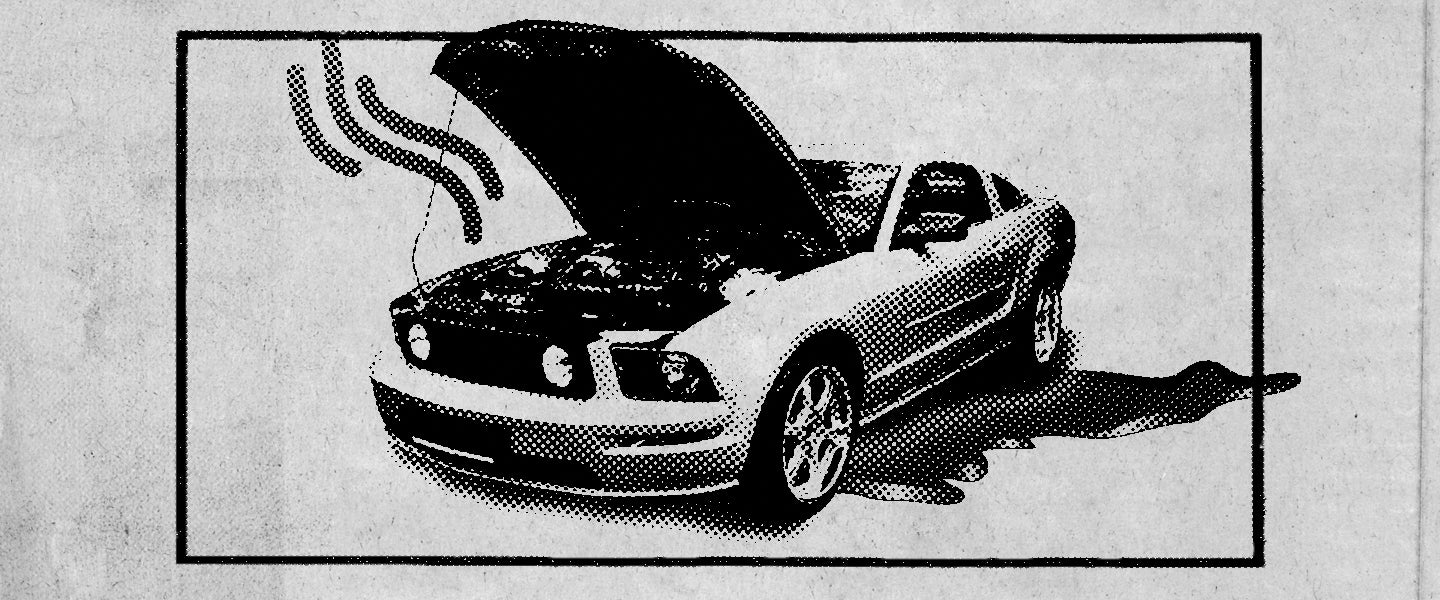If the modern automobile had a status on Facebook, it would undoubtedly be “It’s complicated.” With their computer-controlled fuel injection systems, continuously variable transmissions and three-phase four-pole AC induction motors, the days when every Tom, Dick or Harry could wrench on their ride seem long gone. So let us help — especially with the seemingly mundane stuff that if not done properly, your dad and/or his favorite mechanic vowed would ruin your car forever. Because when it comes to cars — and this column — no question is too dumb.
Help! My lease is almost up and I’m not sure what I need to do to the car before I bring it back to the dealership. Does it really need to look perfect?
There are a couple of ways you can go here, and it really depends on your situation. But the short answer is “yes”: Bringing your lease back to the dealership in pristine condition can save you a ton of money in turn-in fees, and if you’re planning on buying out your lease and then selling the car, may even earn you a little extra cash back against what you’ve already spent on it.
The name of the game, however, is knowing the difference between excessive wear-and-tear and normal wear-and-tear. Go too far in fixing every last thing on your car, and you might be doing the dealer’s job for them, costing you money. Don’t fix enough and they’ll ding you when you turn it in. Thankfully, the things you will and won’t get charged for when it comes time to turn in your car will be explicitly written into your lease contract, so make sure you’ve read it fully!
The first thing you’ll want to do as the turn-in date approaches is get your car detailed. A good detail job can turn a scary-looking blemish into a minor issue that could fall under normal wear-and-tear, if it doesn’t fix the problem completely. Got a “scratch” you can’t get out no matter how many times you’ve gone to the car wash? It might just need a good buffering. Can’t get that bee-shit off the hood? There’s a fix for that, too.
The second thing you’ll absolutely want to do is get your vehicle pre-inspected by the dealer with enough time to spare before the end of your lease (typically 30 to 90 days) so you can get things fixed if need be. A pre-inspection is a courtesy provided by the dealer to help you determine what needs fixing, but it can also be used to determine what you can let slide. Here’s a tip: Schedule your inspection at a time and place when you can be there to observe, and then be super nice to your inspector; you never know, a cold glass of freshly squeezed lemonade on a hot summer’s day can go a long way toward marking that ding near your fender off the list of things you’ll have to repair come turn-in time.
When the inspection is over, you’ll be presented with a list of damage that will incur a charge if you were to turn in your vehicle as-is. If you’ve only got a few minor issues, it might be worth it to turn it in without getting anything fixed. But most likely, the quoted amount to have the dealer fix your car for you will almost certainly cost more than fixing it yourself, so keep that in mind.
Assuming that’s the case, the last step you’ll want to take is fixing any dings, dents (paying particularly close attention to the glass/bumper area and scratches on your wheels from “curbing”) and interior tears. You shouldn’t need to fix every itty-bitty scratch on the darned thing, though; a good rule of thumb is, if the scratch or dent can be completely covered by a credit card, you can ignore it — if, of course, that scratch or dent isn’t explicitly noted on the list provided by your inspector.
Now, the steps above are what you want to do if you’re planning on turning in your lease. If you’re planning on buying it out at the agreed-upon residual value listed in your lease agreement, you could forego the inspection altogether. But only do so if the car is either in good-enough condition that, if you sold it, you’d recoup some extra cash on top of its residual value, or if the car is so beat to shit, you’d have to spend more money to get it fixed than it’s actually worth. In either case, getting your car appraised to determine if it’s worth more or less than its residual value is a smart move; guestimates can be done on the Kelley Blue Book website, or you can take it in to CarMax to find out what they’d buy it for if you’re thinking about flipping it.
Overall, remember that getting clear of a car lease is like giving notice on an apartment: Before you hand over the keys, tidy up on your own, because if you don’t, it could cost you dearly.

